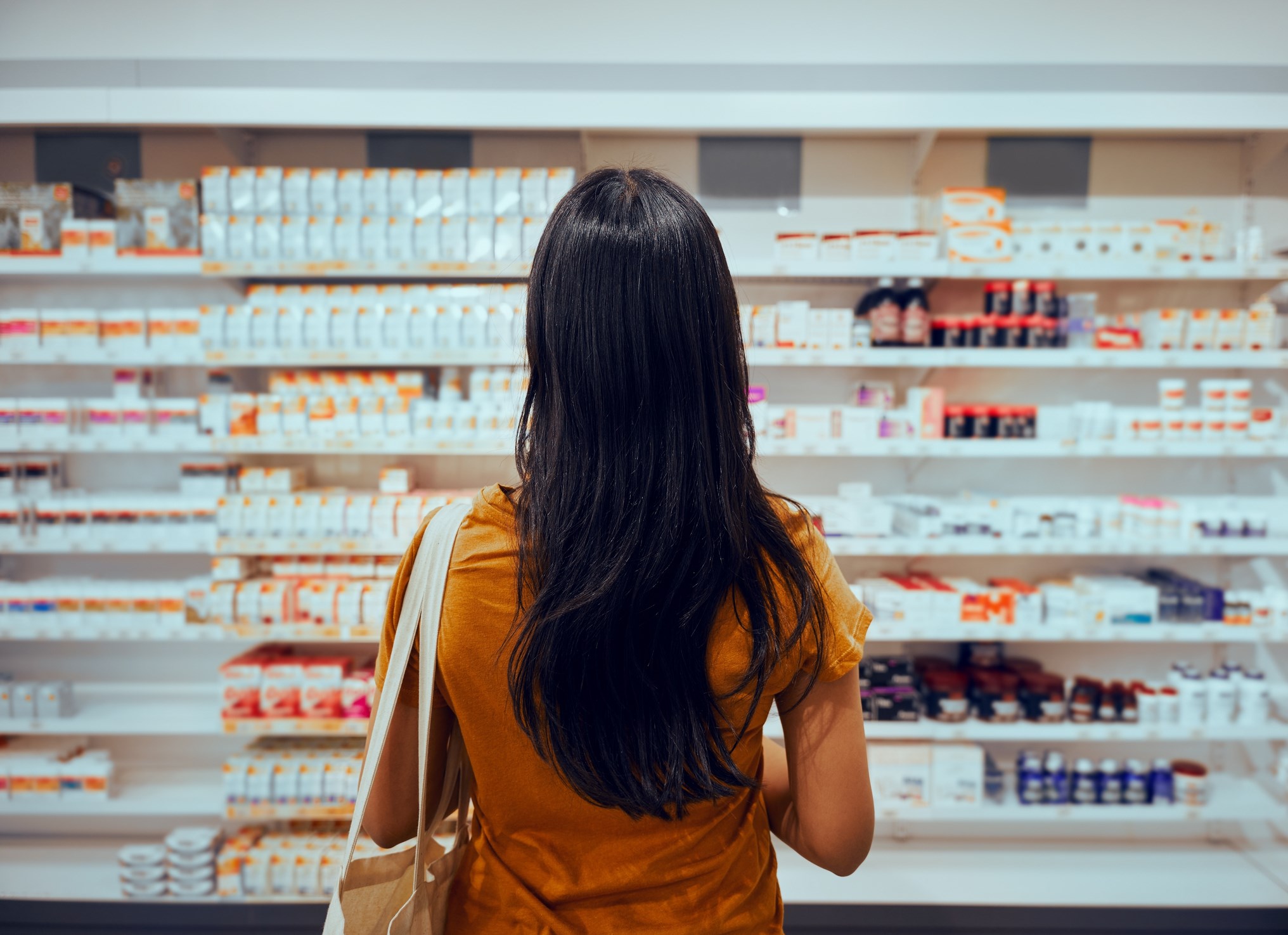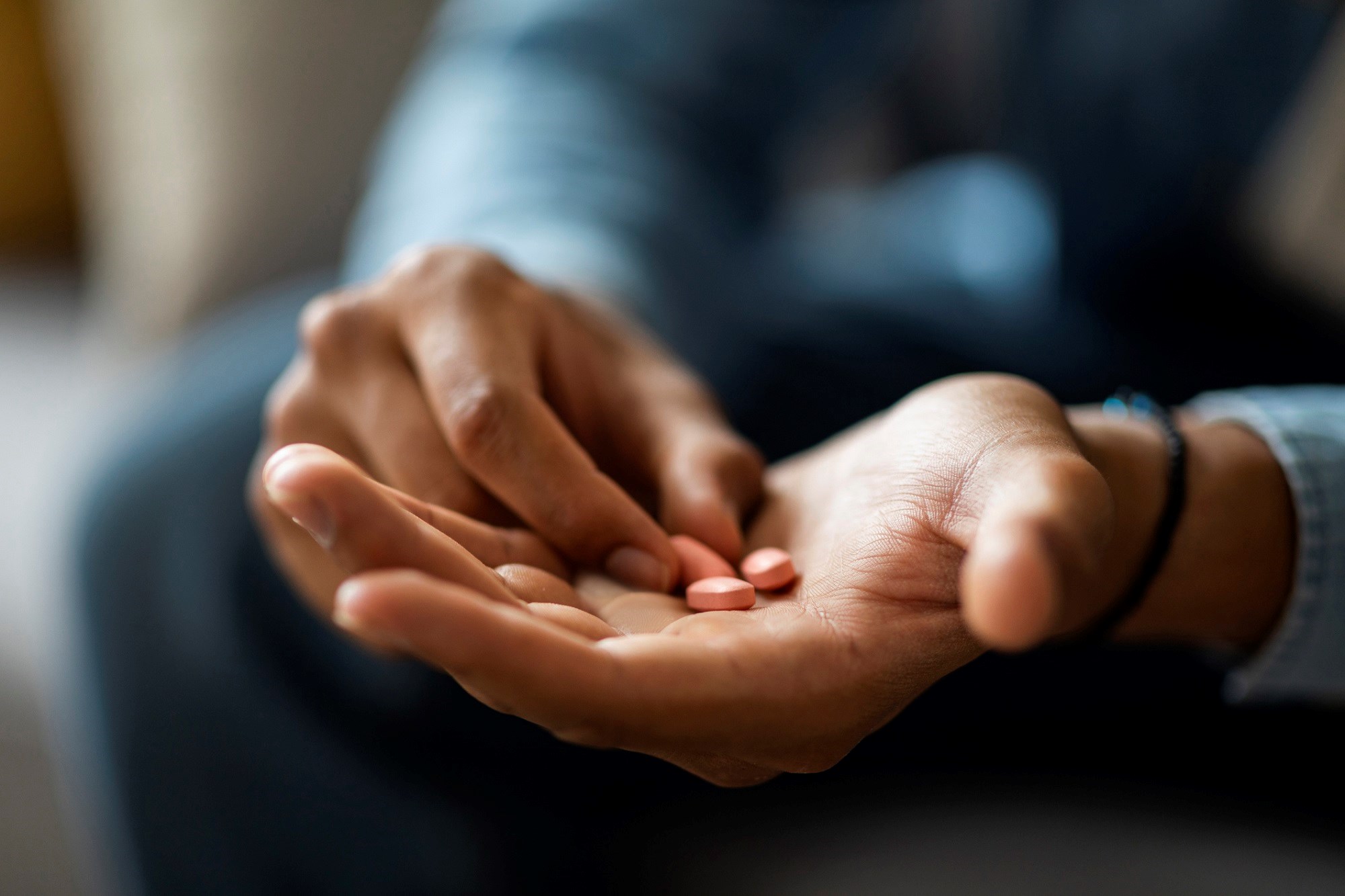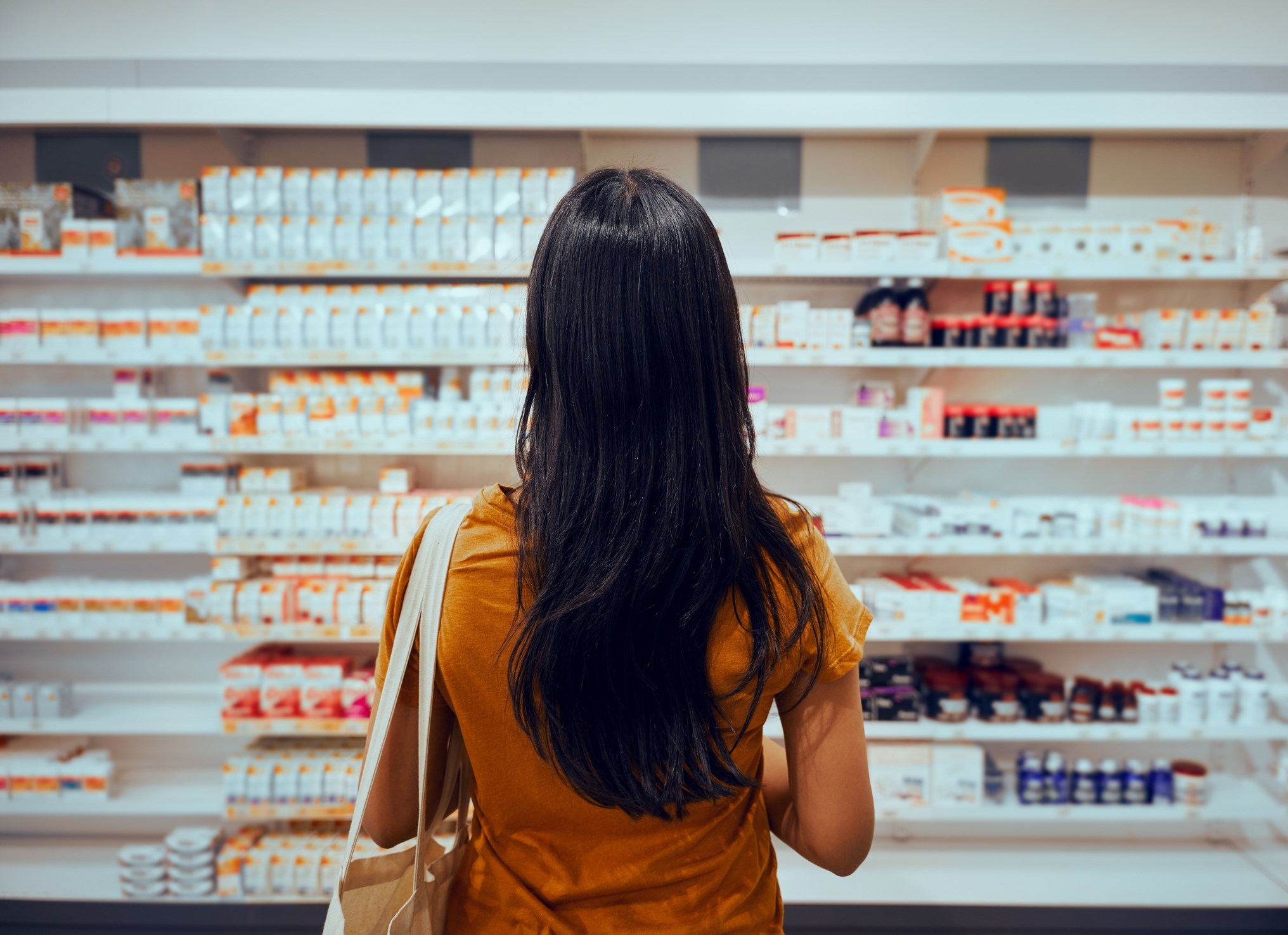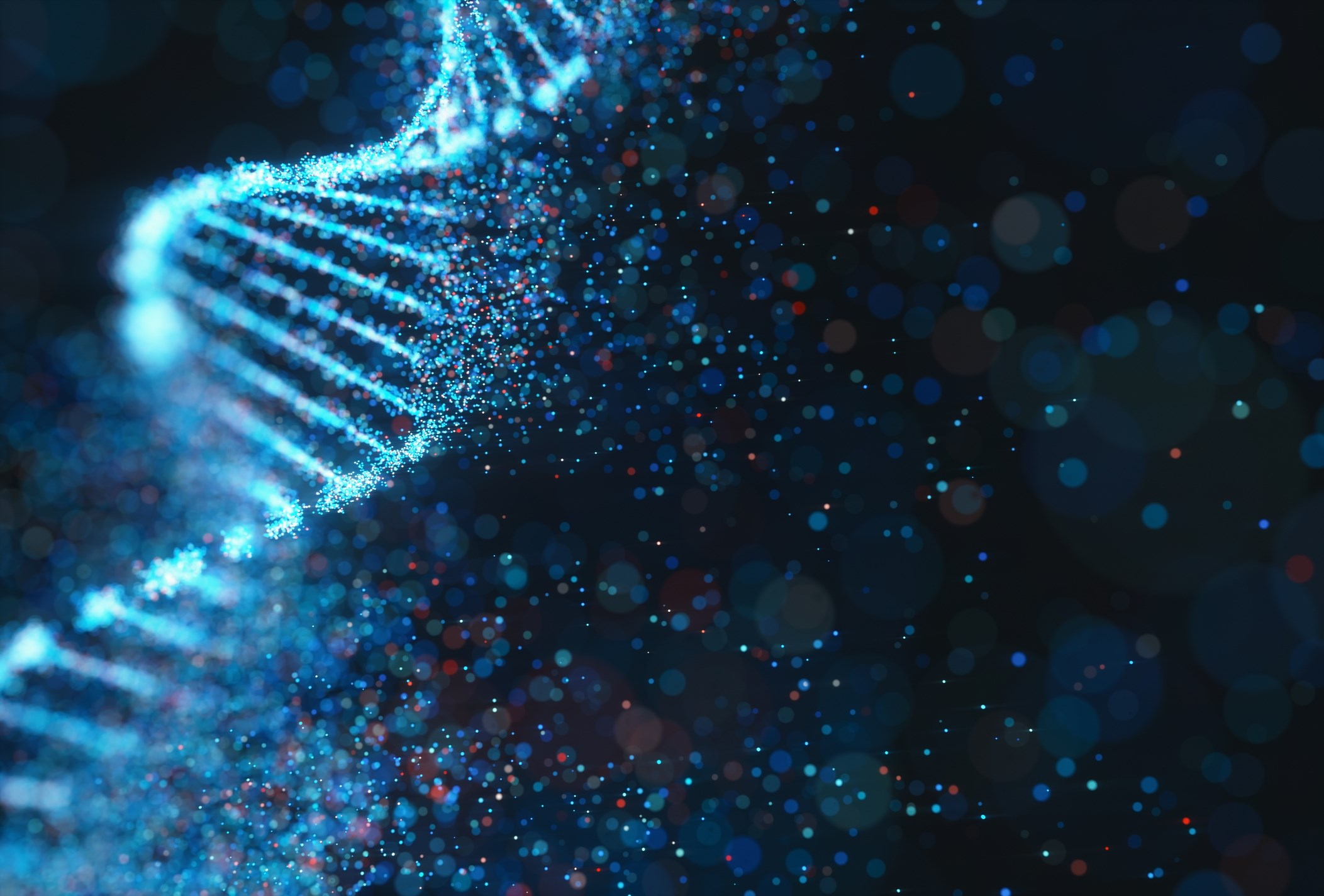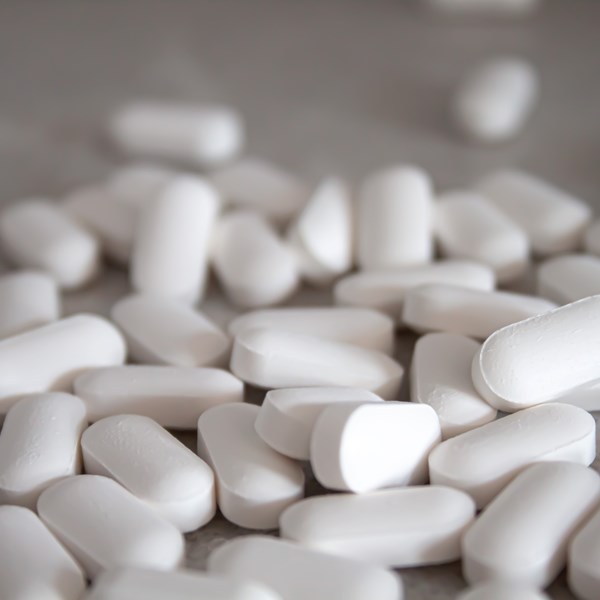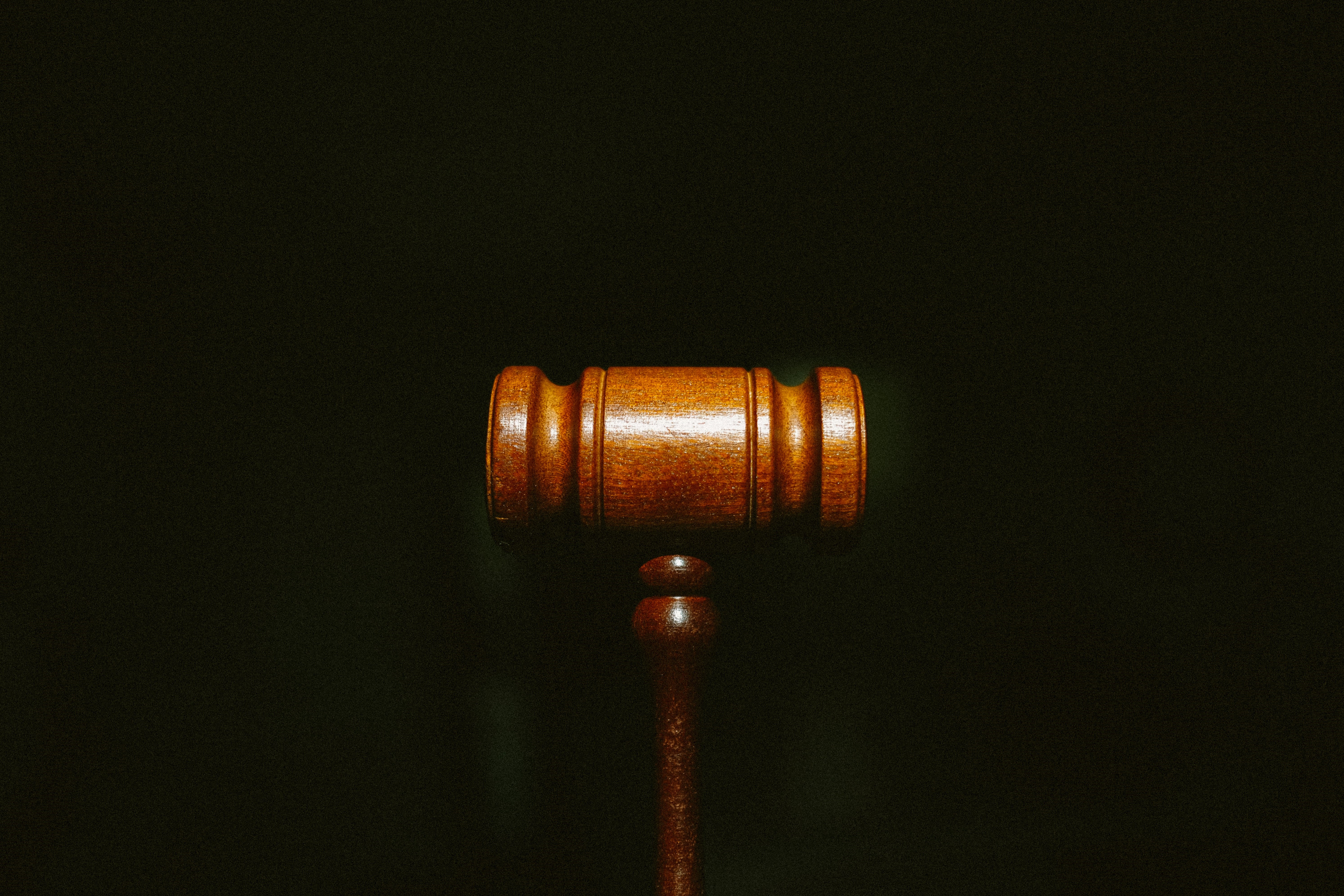This article was first published by Law360 and can be found here.
Counterfeit medicines are on the rise. According to the Pharmaceutical Security Institute, more than 6,500 pharmaceutical crimes were recorded across the globe in 2022.
This is a 10% increase on the 2021 total, which itself was a 38% increase on the 2020 total. It is by far the highest level recorded during the 20 years the institute has been recording such statistics, and it appears that once published, 2023's statistics will eclipse those of the preceding years.[1]
Within the European Union, Europol, its law enforcement agency, counts counterfeit pharmaceuticals as a substantial threat that is affecting most, if not all, member states.
In a recent report on counterfeit goods, Europol revealed the trade in fake medicines and drugs is also very much on the rise in Europe.[2]
In 2020, counterfeit medications were the seventh most commonly seized counterfeit product. In 2019, they were 10th. However, this is undoubtedly down to an increase in enforcement action within the EU, which has led to seizures tripling from 192 in 2019 to 600 in 2020.
In June, we saw the most recent example of this increase in enforcement action. Europol's Operation Pirates 1 seized fake goods including counterfeit pharmaceuticals worth over €33 million ($35.2 million).[3] Between April and October this year, another - unnamed - operation seized over 10.5 million medicinal products worth over €40 million.
Throughout Operation Pirates 1, law enforcement personnel dismantled 59 criminal organizations and apprehended or reported 349 suspects to the judicial authorities. Authorities confiscated substantial quantities of misused, forged, or fraudulent medications, doping substances, illegal dietary and sports supplements, along with counterfeit COVID-19 vaccines, sanitary items and medical devices.
The presence of counterfeit drugs and medical devices can cause irreparable harm to genuine manufacturers. Financial losses are the most tangible threat, but the availability and use of counterfeit goods can also cause enormous reputational damage, particularly if there has been an impact on public health and safety.
If patients are harmed, this can also lead to lengthy, public and expensive legal actions.
Mitigating these threats will require manufacturers to employ greater security. This will undoubtedly include anti-counterfeiting measures such as product serialization, tamper evident packaging, holograms and radio-frequency identification tags.
However, adding all these options to a product will have a direct bearing on cost, which could cause some consternation for manufacturers trying to maintain customer loyalty during these difficult economic times.
Intellectual property rights also offer manufacturers greater protection against counterfeiters, and we will explore exactly how in this article.
SOCIETAL CONCERN
Counterfeit pharmaceuticals and medicines are an enormous societal concern. They pose grave health risks to users. They may contain fewer or no active ingredients, be more potent, or manufactured in unsafe conditions, potentially leading to severe health consequences. More and more they are leading to fatal overdoses when laced with substances like fentanyl, as seen in some cases.
Operation Shield II was carried out by Europol and EUIPO, the EU intellectual property office, in 2021, leading to the disruption of 25 criminal networks. It resulted in nearly 700 arrests and the seizure of more than 25 million units of counterfeit anti-cancer drugs, erectile dysfunction medicines, pseudoephedrine, various doping substances, analgesics, antiestrogens, antivirals, hypnotics, antihistamines and anxiolytics, worth nearly €73 million.
Ten clandestine laboratories were seized, 453 factories were shut down and another 4,009 were monitored, and as part of the operation, 536 doping inspections were performed, and controls put on 650 athletes.
These numbers confirm counterfeit pharmaceuticals are not just a passing trend. It is something businesses must deal with immediately.
WHERE THE COUNTERFEITS ORIGINATE FROM
Europol has seen changes in the originating countries of counterfeit pharmaceuticals. In 2019, they came primarily from China, India and Singapore. In 2020, the majority came from China, Turkey and Vietnam. Worryingly, the key transit points now include Switzerland and the U.S., which are highly regulated, in contrast to Vietnam, which is not. This could make identification and enforcement more difficult moving forward.
Another difficulty in tackling pharmaceutical counterfeits is the fact that much of the product is distributed through online pharmacies. Online pharmacies make it much harder to control counterfeit pharmaceuticals for a number of reasons.
First, there is an obvious lack of regulatory oversight as many online pharmacies operate outside the jurisdictions of recognized regulatory authorities in different countries. This makes it difficult for agencies to enforce their standards.
The anonymity of online transactions is another factor. It makes it easier for counterfeiters to hide their identities and locations, which again makes it harder for agencies to identify and tackle them.
As such, even though it is not currently a regulatory requirement to actively monitor online marketplaces, it is a step many pharma companies are taking, believing that doing everything possible to rid the market of counterfeit versions of their products is their ethical responsibility.
IP RIGHTS HELP COMBAT RISE OF COUNTERFEIT MEDICINES
Europol's recent operations serve as a testament to the collective commitment of law enforcement agencies and international organizations to protect public health and safety by dismantling criminal networks engaged in the trafficking of counterfeit medicines.
The trade of these pharmaceuticals not only results in reduced sales but also tarnishes the reputation of genuine manufacturers. Therefore, it is more vital than ever to fully protect all related IP rights and vigorously pursue any infringements.
If an infringement occurs, as the owner of the IP, a company has the power to submit take down requests to e-commerce platforms. Additionally, they can pursue direct legal action against counterfeiters, whenever it is practical and possible.
It is worth noting that IP infringements often open the door for law enforcement agencies to step in, potentially further strengthening the foundation for legal prosecutions.
In terms of achieving the highest levels of protection against counterfeit medicines, there are a number of steps we suggest IP rights owners should always take:
- Actively monitor and enforce patents. If a counterfeit version of a patented drug is discovered, enforcement action should be taken against the infringing party.
- Sharing patent information with local and international agencies to help improve identification and enforcement activities.
- Register all trademarks so that each product has a distinctive and enforceable identity; if the need to take legal actions arises, the process is easier and more effective.
- Explore anti-counterfeiting options like holograms, serial numbers and RFID tags to make it easier to distinguish genuine products from counterfeits.
- Consider making better use of trade secrets to protect critical information about drug formulations and manufacturing processes, so as to minimize the potential for information leaking into the wrong hands.
- Use nondisclosure agreements to ensure employees, contractors and partners are legally bound to keep sensitive information confidential during and after working on a medicinal product.
- Gain a better understanding of how to use copyright to protect packaging, labeling and educational and promotional materials.
- Collaborate with regulatory agencies to help them improve and better coordinate their efforts to curb production and distribution.
- Support regulatory efforts to control parallel imports, as this can make it easier for counterfeit drugs to enter the market.
- Share information with customs authorities to make it easier for them to strengthen their border controls and more difficult for counterfeit pharmaceuticals to enter homes.
CONCLUSION
In conclusion, not only are there strong ethical reasons for counterfeited companies to react against this growing trend, there are equally strong commercial arguments for the rights' holders to enforce their IP rights to deal with counterfeiting.
Loss of sales is a major argument. Companies such as Procter & Gamble reportedly lose up to 20% of sales to counterfeits on some of their leading brands in some jurisdictions.[4]
Loss of consumer confidence is another consideration as it will undoubtedly lead to significant further losses of sales.
In fact, some feel that up to 73% of consumers who doubt that the brand is only used on genuine products will not buy the brand again.[5]
Counterfeit drugs are not only threatening the health of consumers. They are also an immense threat to the economic health of businesses within the sector.
The effect on the sector's economic health will most likely tarnish investment in research and development for new beneficial drugs, which in turn will affect the health of consumers, setting of a negative spiral that will affect everyone.
REFERENCES
- Incident Trends | PSI (psi-inc.org)
- SecuringIndustry.com - Operation Pirates 1 nets €33m in fake goods
- IP_Crime_Threat_Assessment_2022_FullR_en.pdf (europa.eu)
- 503 Service Temporarily Unavailable (brandsprotectionnews.com)
- American consumers punish greenwashing practices, a survey says |(normancescut.com)
